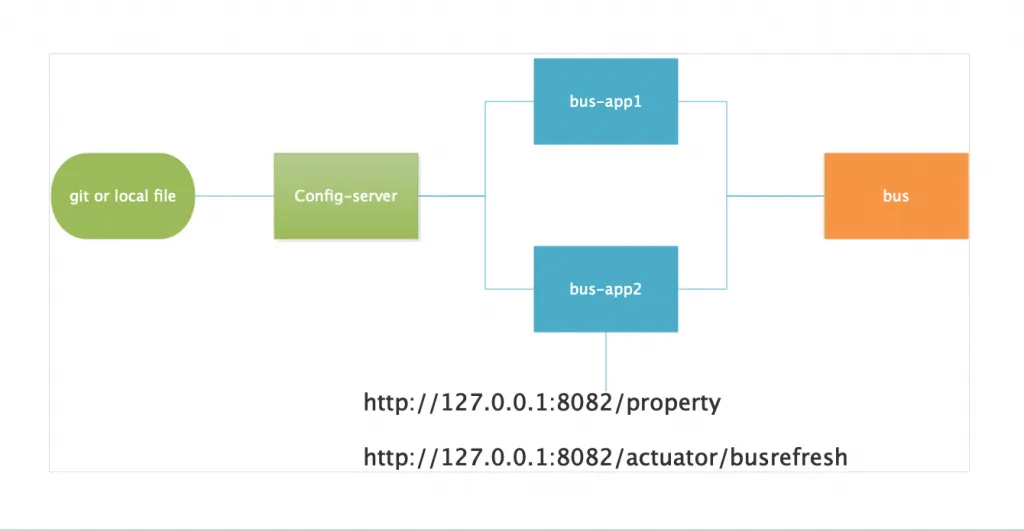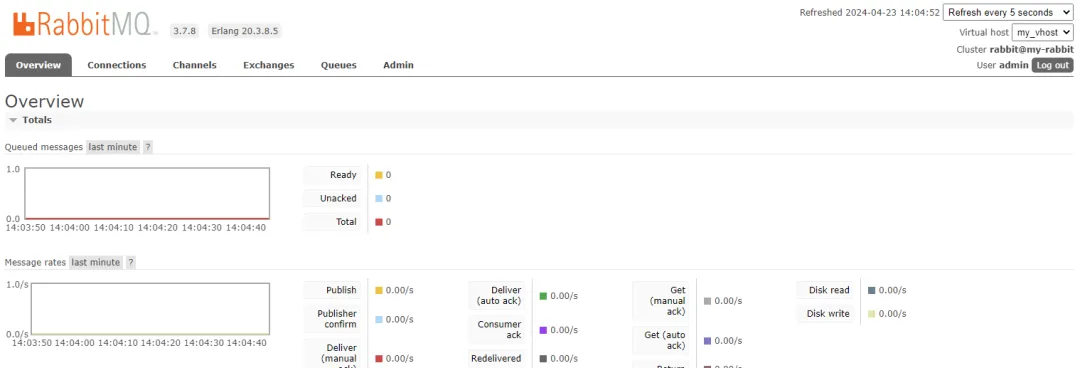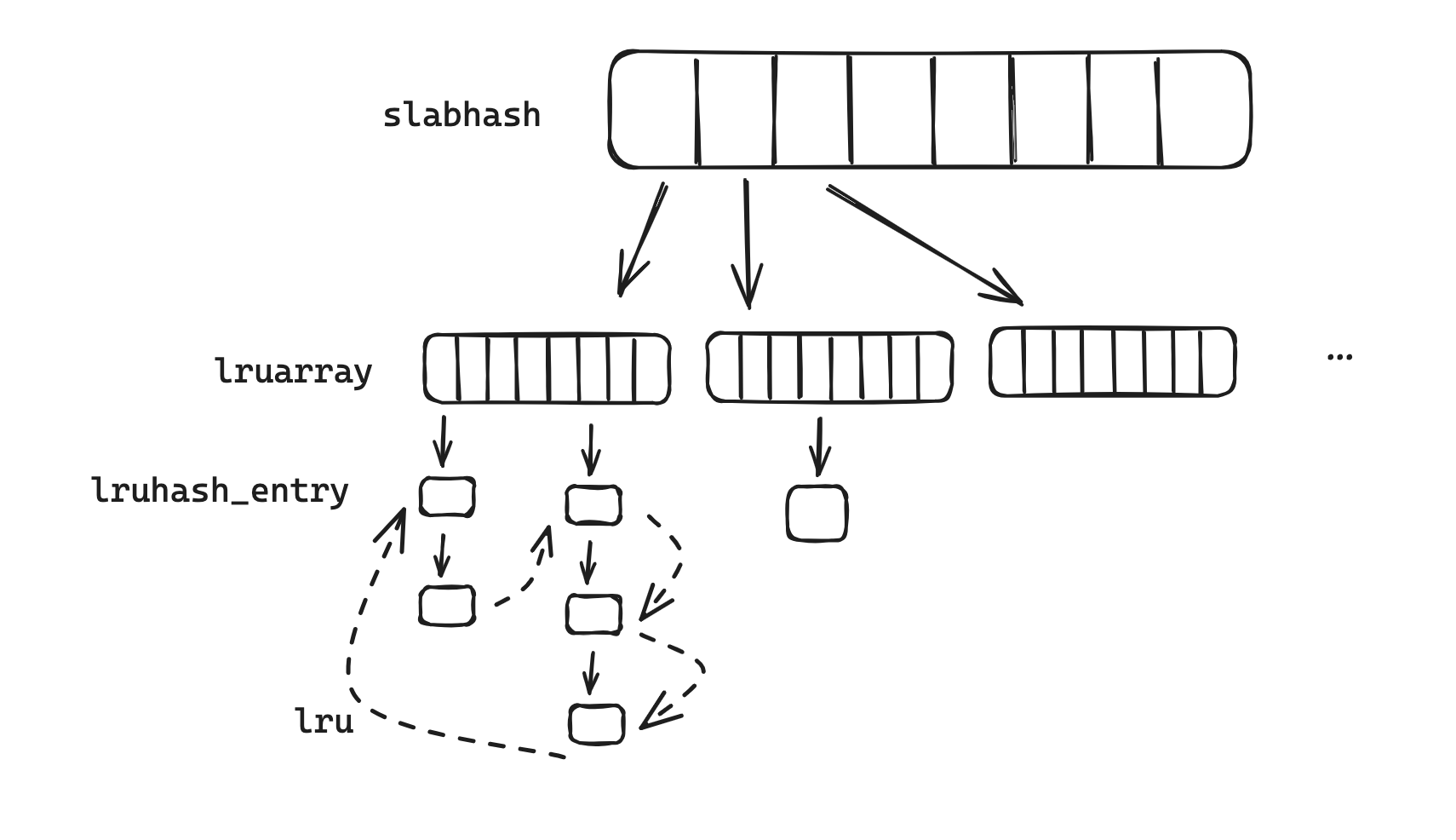一、什么是Spring Cloud Bus?二、环境搭建三、代码工程四、测试五、引用原创 Harries HBLOG
一、什么是Spring Cloud Bus?
Spring Cloud Bus 是一个用于将分布式系统的节点连接起来的框架,它使用了轻量级消息代理来实现节点之间的通信。Spring Cloud Bus 可以将配置变更事件、状态变更事件和其他管理事件广播到系统中的所有节点,以便于各个节点可以及时响应。 Spring Cloud Bus 主要由两部分组成:消息代理和事件总线。消息代理是一个可插拔的组件,它可以使用 RabbitMQ、Kafka 等流行的消息中间件实现。事件总线则是在消息代理之上构建的一个抽象层,它提供了向所有节点广播事件的机制,并且对消息的序列化、反序列化、发送和接收进行了封装,让开发者可以专注于业务逻辑的实现。 Spring Cloud Bus 主要的使用场景是在分布式系统中对配置的管理。它可以将配置的变更事件广播到所有节点,从而让节点实时获取最新的配置。此外,Spring Cloud Bus 还可以用于状态的管理和监控,例如在节点启动、停止、重启等状态变更事件发生时,将事件广播到系统中的所有节点,以便于节点可以做出相应的响应。
基本原理
ConfigClient实例都监听MQ中同一个topic(默认是springCloudBus)。当一个服务刷新数据的时候,它会把这个信息放入到Topic中,这样其它监听同一Topic的服务就能得到通知,然后去更新自身的配置

二、环境搭建
rabbiitmq:
version: '3'
services:rabbitmq:image: registry.cn-hangzhou.aliyuncs.com/zhengqing/rabbitmq:3.7.8-managementcontainer_name: rabbitmqhostname: my-rabbitrestart: unless-stoppedenvironment:TZ: Asia/ShanghaiLANG: en_US.UTF-8RABBITMQ_DEFAULT_VHOST: my_vhostRABBITMQ_DEFAULT_USER: adminRABBITMQ_DEFAULT_PASS: adminvolumes:- "./rabbitmq/data:/var/lib/rabbitmq"ports:- "5672:5672"- "15672:15672"
启动
docker-compose -f docker-compose-rabbitmq.yml -p rabbitmq up -d
web manager:http://127.0.0.1:15672 user/password:admin/admin

三、代码工程
实验目的:实验各个应用更新自身配置
pom.xml:
<?xml version="1.0" encoding="UTF-8"?>
<project xmlns="http://maven.apache.org/POM/4.0.0"xmlns:xsi="http://www.w3.org/2001/XMLSchema-instance"xsi:schemaLocation="http://maven.apache.org/POM/4.0.0 http://maven.apache.org/xsd/maven-4.0.0.xsd"><parent><artifactId>spring-cloud-bus</artifactId><groupId>com.et</groupId><version>1.0-SNAPSHOT</version></parent><modelVersion>4.0.0</modelVersion><artifactId>bus-app1</artifactId><properties><maven.compiler.source>17</maven.compiler.source><maven.compiler.target>17</maven.compiler.target></properties><dependencies><dependency><groupId>org.springframework.boot</groupId><artifactId>spring-boot-starter-web</artifactId></dependency><dependency><groupId>org.springframework.cloud</groupId><artifactId>spring-cloud-starter-config</artifactId></dependency><dependency><groupId>org.springframework.cloud</groupId><artifactId>spring-cloud-starter-bootstrap</artifactId></dependency><dependency><groupId>org.springframework.cloud</groupId><artifactId>spring-cloud-starter-bus-amqp</artifactId></dependency><dependency><groupId>org.springframework.boot</groupId><artifactId>spring-boot-starter-actuator</artifactId></dependency></dependencies>
</project>
controller:
package com.et.controller;import org.springframework.beans.factory.annotation.Value;
import org.springframework.web.bind.annotation.GetMapping;
import org.springframework.web.bind.annotation.RestController;/*** @author liuhaihua* @version 1.0* @ClassName DemoController* @Description todo* @date 2024/11/01/ 13:47*/
@RestController
@RefreshScope
public class DemoController {@Value("${example.property}")private String exampleProperty;@GetMapping("/property")public String getProperty() {return exampleProperty;}
}
@RefreshScope主要就是基于@Scope注解的作用域代理的基础上进行扩展实现的,加了@RefreshScope注解的类,在被Bean工厂创建后会加入自己的refresh scope 这个Bean缓存中,后续会优先从Bean缓存中获取,当配置中心发生了变更,会把变更的配置更新到spring容器的Environment中,并且同事bean缓存就会被清空,从而就会从bean工厂中创建bean实例了,而这次创建bean实例的时候就会继续经历这个bean的生命周期,使得@Value属性值能够从Environment中获取到最新的属性值,这样整个过程就达到了动态刷新配置的效果。
启动类:
package com.et;import org.springframework.boot.SpringApplication;
import org.springframework.boot.autoconfigure.SpringBootApplication;@SpringBootApplication
public class Bus1Application {public static void main(String[] args) {SpringApplication.run(Bus1Application.class, args);}}
配置文件 bus-app1配置文件
server:port: 8081
spring:cloud:config:uri: http://127.0.0.1:8888/#name: crm,config-clientname: config-clientprofile: devrabbitmq:host: 127.0.0.1port: 5672virtual-host: my_vhostusername: adminpassword: admin
management:endpoints:web:exposure:include: "*"
bus-app2配置文件
server:port: 8082
spring:cloud:config:uri: http://127.0.0.1:8888/#name: crm,config-clientname: config-clientprofile: devrabbitmq:host: 127.0.0.1port: 5672virtual-host: my_vhostusername: adminpassword: admin
management:endpoints:web:exposure:include: "*"
以上只是一些关键代码,所有代码请参见下面代码仓库
代码仓库
https://github.com/Harries/springcloud-demo(spring cloud bus)
四、测试
启动上节课讲的Config-Server应用([Spring Cloud Config快速入门Demo](http://mp.weixin.qq.com/s?__biz=MzAxMjY5NDU2Ng==&mid=2651869889&idx=1&sn=d4866d08da9e92132241dc039be80830&chksm=80491788b73e9e9e555c0891be66e8d4d2a8efec0613a73c64f534b45d67182bc288cd381bf6&scene=21#wechat_redirect))启动bus-app1应用启动bus-app2应用访问http://127.0.0.1:8082/property ,返回config-client-dev.yml文件里面配置值修改config-client-dev.yml文件里面的值,然后post请求http://127.0.0.1:8082/actuator/busrefresh刷新客户端配置,再次访问http://127.0.0.1:8082/property ,值变成新修改的值访问http://127.0.0.1:8081/property ,值也是变成新修改的值
五、引用
https://docs.spring.io/spring-cloud-bus/docs/current/reference/html/
https://www.liuhaihua.cn/archives/711639.html









